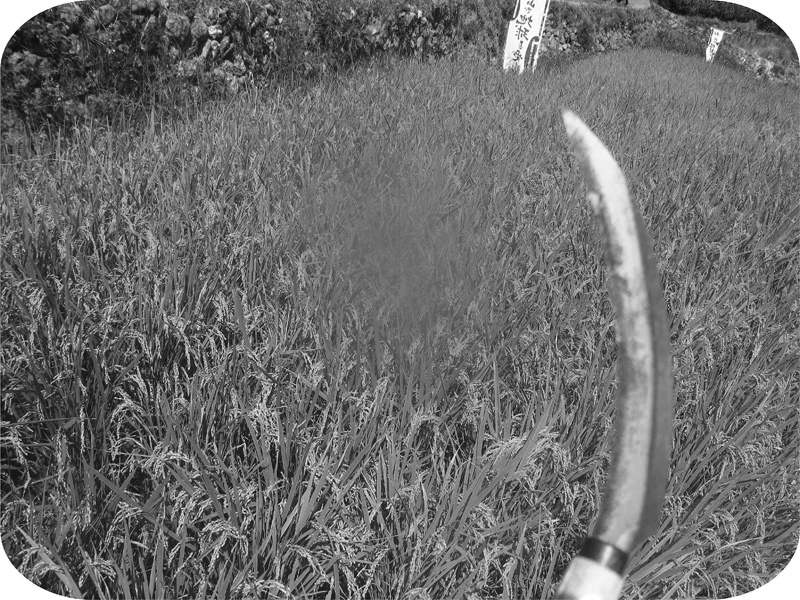
R-Style II: The Return to Rice Mountain
Diary 2010.9.19
It’s that time again. Yes, it’s time to harvest your rice. Get your tiny metal curved saw cutting implements out and lets get to work! There’s a pleasant breeze and the rice yields easily to the blade. Using dried rice straw you tie the bunches of freshly cut rice (in bunches of 5 cuttings, approximately) by twisting and tucking the straw around in such a way that a knot isn’t required. Stack the bunches up. Continue to work around the perimeter of the rice field by hand, clearing a path for the kikai mini combine-harvester (which requires straight lines and lots of room to manoeuvre). The kikai cuts, bunches and tie’s the rice simultaneously. Once all that’s done, the rice is hung on the bamboo drying rack.
A lad sniffs the dried rice. I’m not sure if he can determine the moisture content of the rice this way but it does smell good.
Nishimori san, the sensei.
Kedwin san wets some dried rice straw to make it more flexible for tying the bunches of cut kome.
All this cut by hand (my hand). I believe that cutting by hand is quicker than by kikai. It is a satisfying experience.
The kikai.
Bunches hung and drying. It’ll take 2 weeks to dry.
Job done.
Proud to be R-Style.

itoi+ru-san
Itoi-san - Kanuma soil. Likes salmon sashimi, dislikes entrails of sea cucumber. Ru-san - Lancashire hotpot. Creative type. Likes being outdoors. Dislikes status. Together we are ITOI ARTS a project in divergent creativity in the mountains of Shikoku, Japan. 四国の山奥、多様な創作、アートとは。 //イベント時のみオープン// \\ふだんはただの家//
Articles by itoi+ru-sanTo comment
コメントを残す
“Diary”Latest bulletin
“Diary” archives- Aki Rika (12)
- Chan (11)
- Claire Tanaka (3)
- Folklore and History (1)
- Karin van der Molen (13)
- Rakuon Rakujitsu (1)
- Taste of Kamiyama (4)


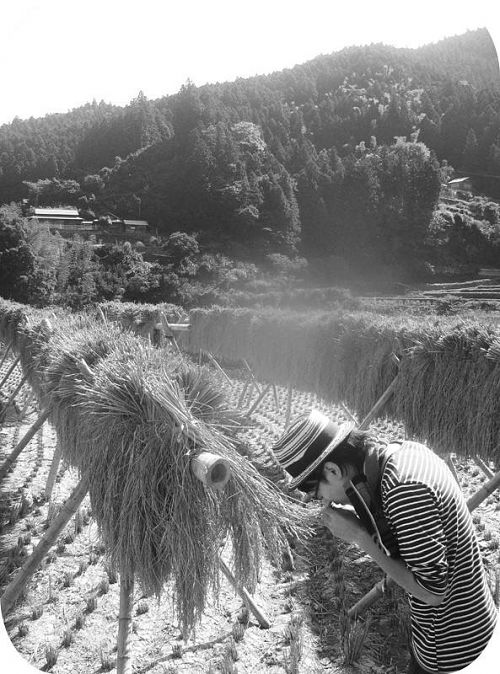
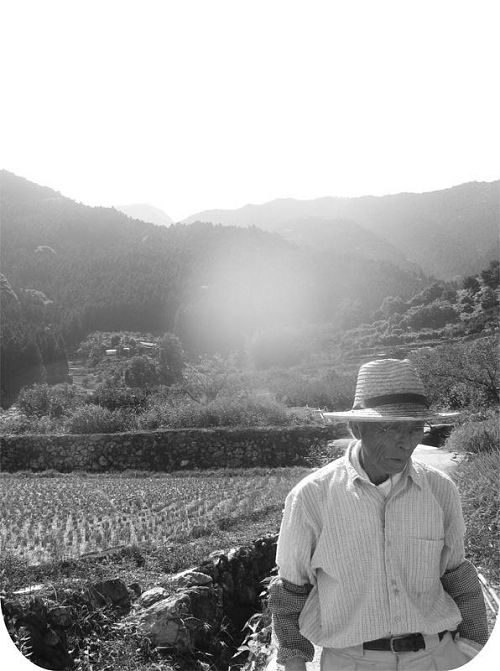
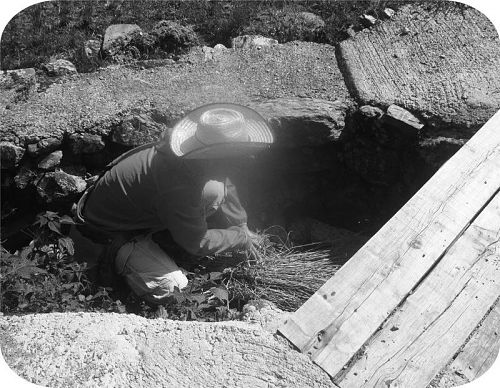
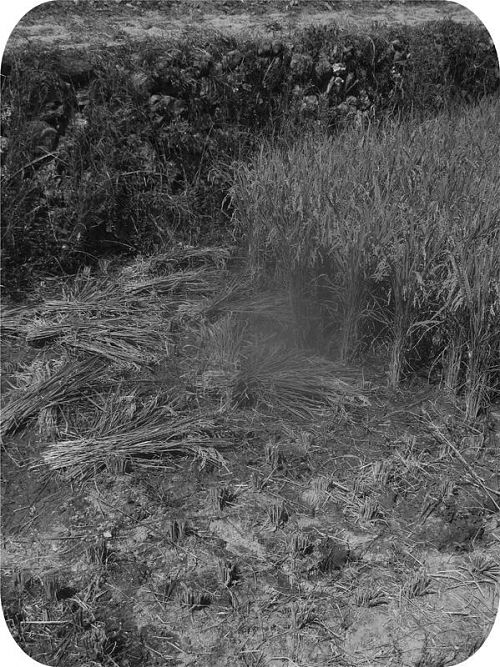
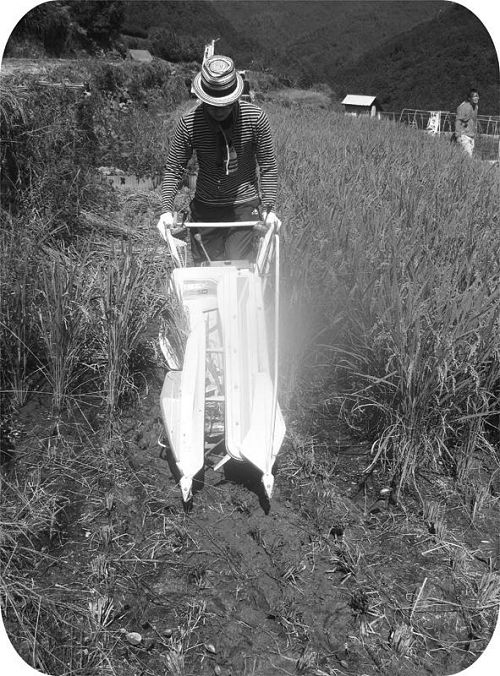
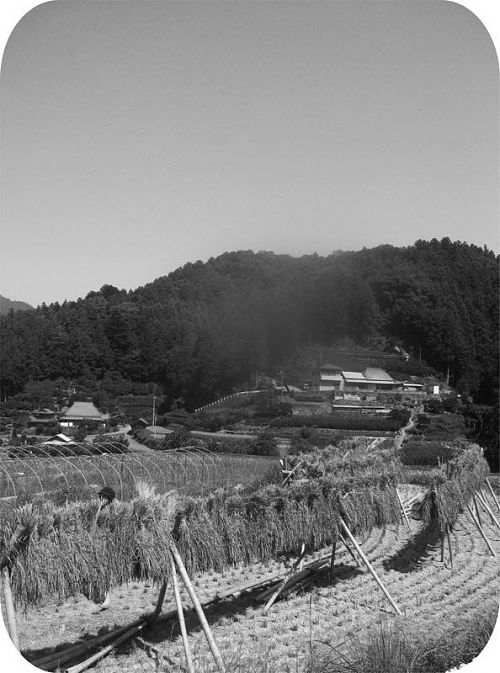
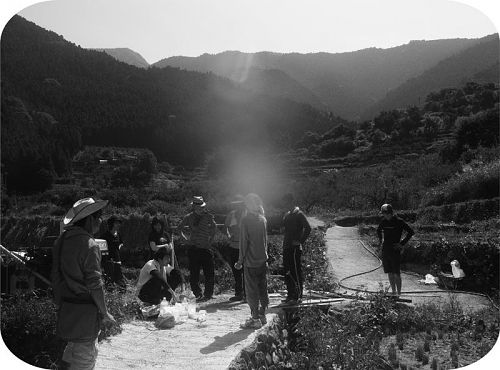
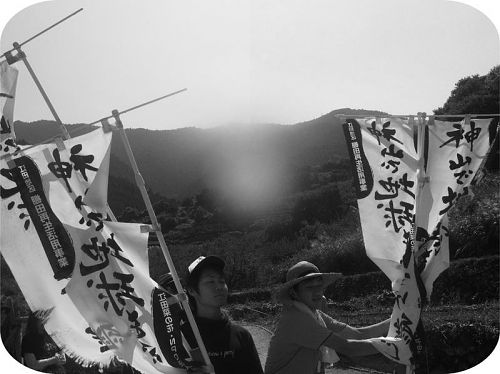
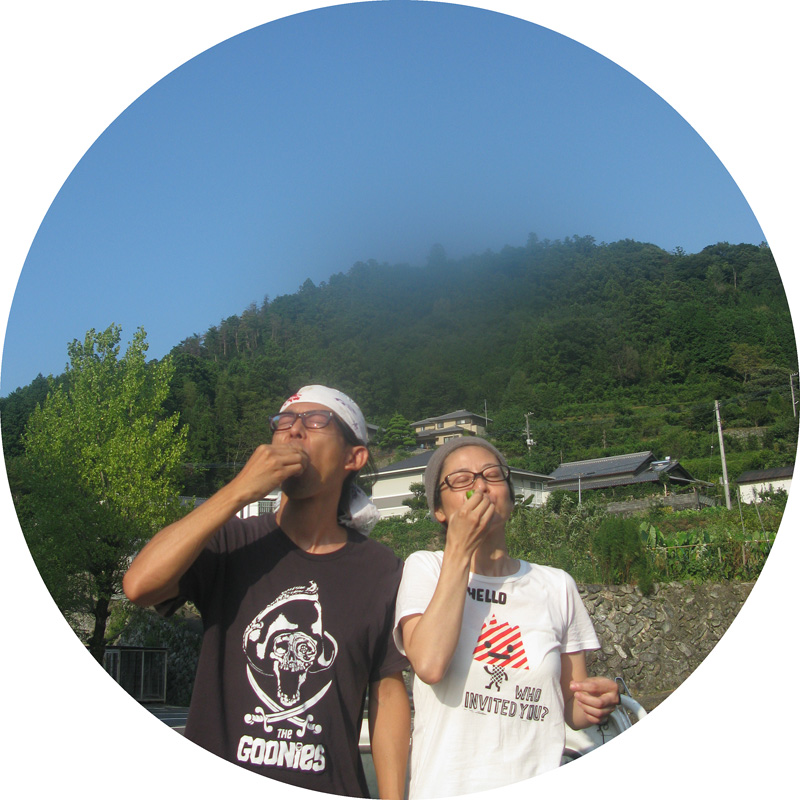
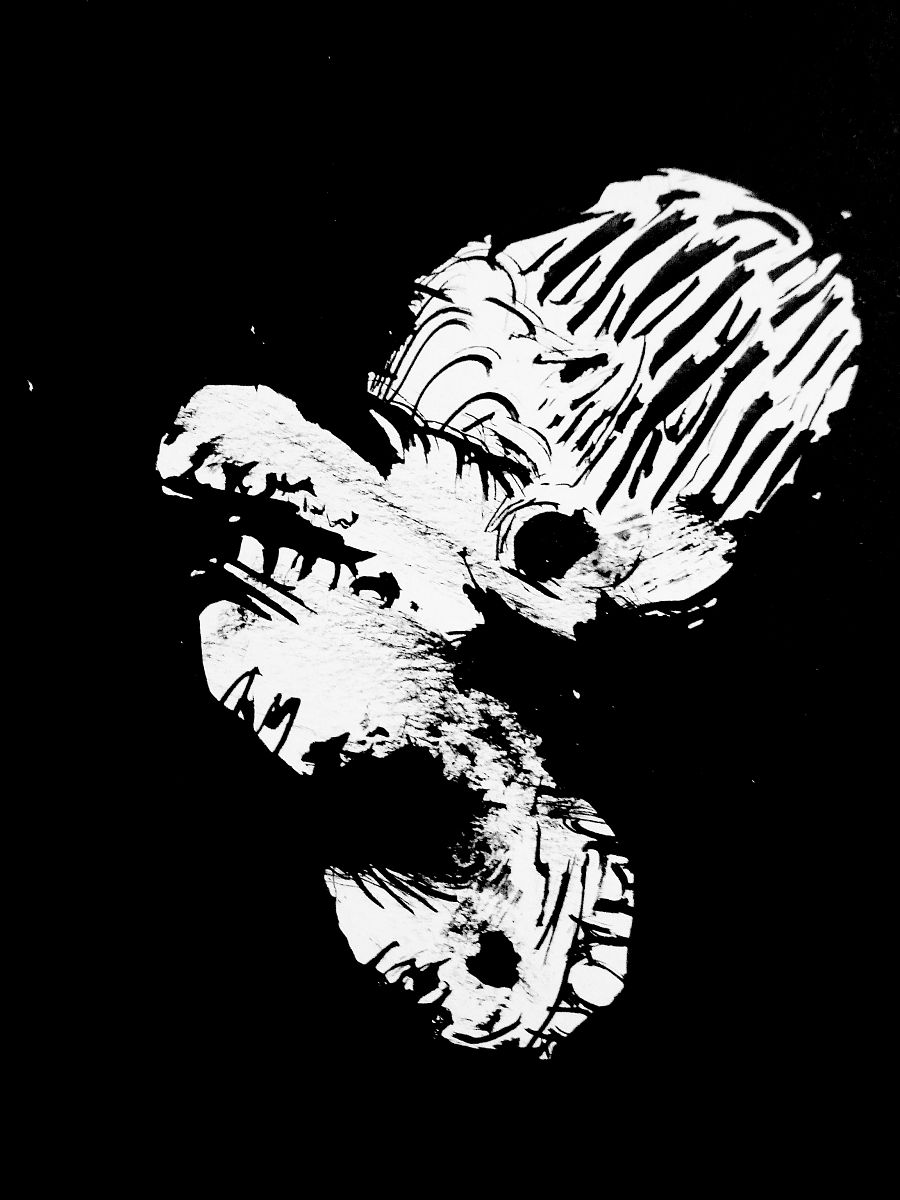
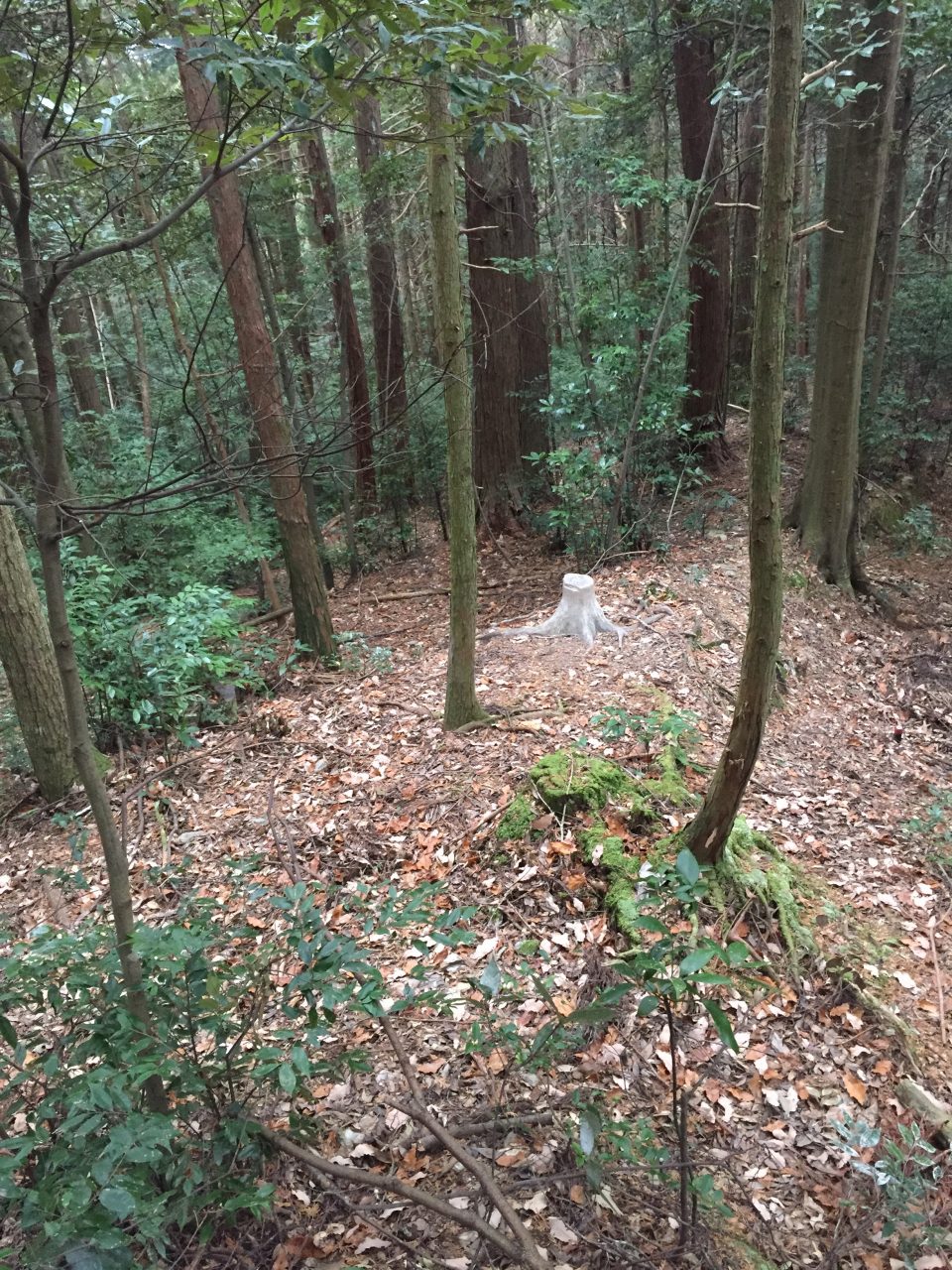



Comments
The work done with the kikai is exactly the role played by the old 'corn binder' in Britain; leaving sheaves still holding ears of grain to be thrashed out elsewhere. Since it has been more than a century in Britain since hand-reaping took place to any great extent, the skills used today in Japanese agriculture to maximise fertile land use may yet be in demand again here. Another useful article. Well done Eri & Rufus.
09/19/2010 9:38 PM | Eric Parsons
Eric san, did you try to plant Ipswich daikon yet?
09/19/2010 4:47 PM | ru-san